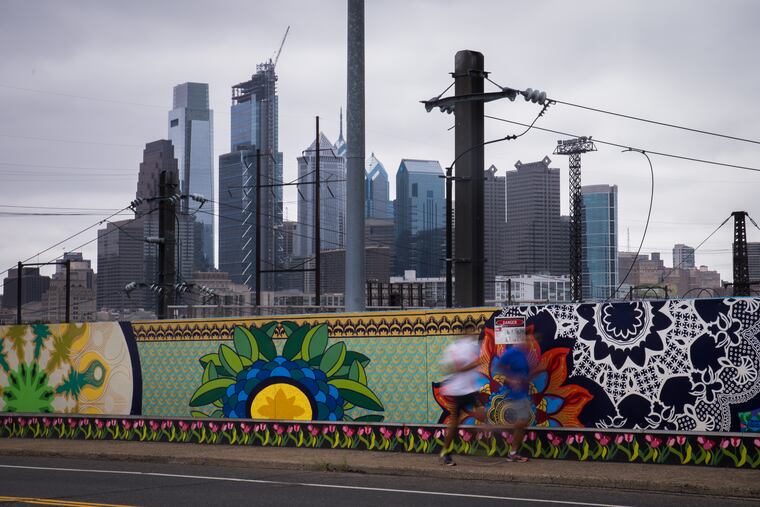Numbers on poverty don’t show the full reality of its impact | Editorial
The numbers on which poverty is based – whether outdated federal poverty guidelines, or the poverty thresholds used by the Census Bureau – provide a measurement, but not a true picture.

Thursday, the U.S. Census Bureau will release its report on income, poverty, and health insurance as part of the 2017 community survey.
Today, we are going to hazard a few informed guesses as to what it contains (an embargoed copy exists, which we haven't consulted). We're doing so to make a point: that the numbers reported by the U.S. Census are important, but only a small part of the picture.
Since unemployment rates are at a 10-year low at 3.9 percent, it's probably safe to assume that the poverty rate has declined. That's good news. On the other hand, wages are stagnant, so any decline in poverty is likely to be marginal. We don't imagine that the deep poverty rate, which Philadelphia leads among the nation's largest cities, has moved much at all.
The numbers on which poverty is based – whether outdated federal poverty guidelines, or the poverty thresholds used by the Census Bureau – provide a measurement, but not a true picture. The reality is more accurately found in the gap between the federal poverty level for a single person — $12,060 — and the salary necessary for a living wage in this city, that accounts for the costs of housing, food and transportation, and more. That amount is $25,231.
People may be employed and be able to afford housing but are a car breakdown, or a sick child, or a medical bill away from falling into poverty. That's especially true of hourly workers, who make up 59 percent of the U.S. workforce and who often have little control over their schedules, and struggle to manage child care, or access health care, or even afford food. Nearly three-quarters of those on food stamps are working.
The fact is there is no concerted plan or program to address poverty in this country. In fact, the opposite is true. Consider tax laws that favor the rich, including a bill that provides windfalls to the wealthy and corporations; a dismantling of health-care reform; the slashing of safety-net programs, like food stamps and Medicaid, and it's quite possible to see poverty in this country as no better than it's ever been. We're a rich, evolved nation with millions suffering.
When a report on poverty like the Census Bureau's is released, it generates attention, and yet, there is no concerted effort to actually change poverty by recognizing structural underpinnings and actually fixing them. One positive step would be changing how we think and talk about poverty, to recognize it is multidimensional.
"Broke in Philly" is one such effort to change the narrative. It's a collaboration of news organizations (including this one) designed to shed light on new and different dimensions of "poverty." The project recognizes more realities: that people cycle in and out of financial troubles, that it's more productive to talk about economic mobility and equity rather than rich or poor, and that there are solutions that can alter the picture of poverty in this country.
That's a radical notion that probably won't be found in many government reports on the subject but is worth our attention.